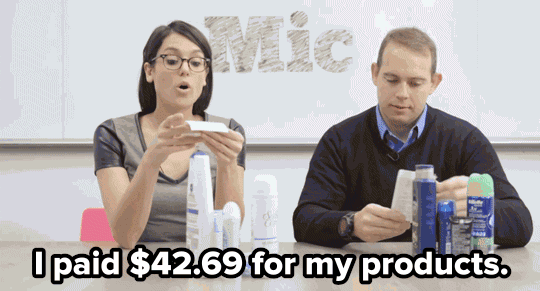Yesterday was International Women’s Day, a global celebration of the progress and achievements of women. But according to the United Nations, gender equality still has a long way to go. (Secretary-General António Guterres said it’s 300 years away.)
One measure some people have proposed to foster equality would be to eliminate gender-based pricing discrimination, a.k.a. The Pink Tax.
The Pink Tax refers to the practice of pricing products targeted at women higher than the male equivalent.
The highest Pink Tax is for personal hygiene products like soap, razors and shampoo, which were found to be marked up by 13%.
- Women’s clothes are marked up 8%, 7% for girls’ toys and 4% for girls' clothing.
- A US study found that women spend $1,300 more per year for the same products and services as men.
So women pay more for the same stuff, but to add insult to injury, they also make less.
- Women in full-time roles earn 90 cents for every dollar a man earns, furthering the economic burden of being a lady.
Bottom line: If the goal is equality, eliminating the Pink Tax would be a good step to ensuring women can achieve “full and equal participation in the economy.”
